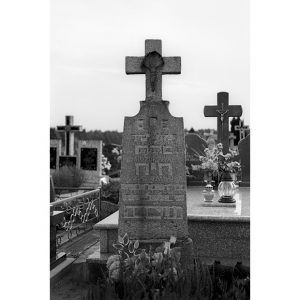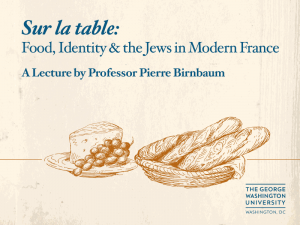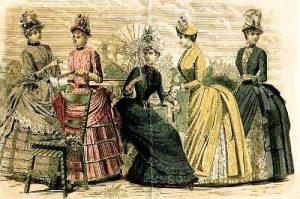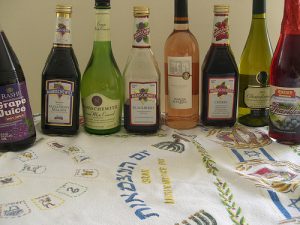The decision of the Federation of Jewish Philanthropies in New York, one of the mighty engines of American Jewish philanthropy, to pull the plug on the Six Points Fellowship, one of the most creative Jewish organizations around, isn’t just bad news for the artists among us. It’s bad news for the entire American Jewish community.
I’m sure that Federation had its reasons and that, as is its wont, the organization arrived at its decision after considerable to-ing and fro-ing.

There’s no beating around the bush: I feel very strongly about this issue. If American Jewish life is not only to endure but, more critically still, to flourish, the arts and other forms of cultural expression must be its lifeblood.
Too many people at Federation and elsewhere within American Jewry’s organizational structure are inclined to see Jewish culture as an ornament or as an occasional pleasure, a detour or a distraction from other, more pressing, needs. More disturbingly still, the powers-that-be are all too often inclined to set Jewish artistic and cultural expression on its own axis, to render it an independent and parallel universe, rather than one whose fortunes are inextricably bound up with that of the larger Jewish community.
But Jewish cultural arts are anything but incidental or autonomous. They form a cultural eco-system that is as generative, vital and integral to the ongoing well-being of the American Jewish community as its synagogues, social welfare and civic groups and its Israel engagement initiatives.
Those who inhabit this eco-system are a varied lot. Some are actively engaged in preserving the past and its patrimony. Others are excited by the complexities of the present day, while still others, with an eye toward the future, make a point of turning things inside out and upside down.
Whatever they do and however they do, the digital and visual artists, actors, composers, musicians, film-makers, dancers, choreographers, playwrights and writers among us keep American Jewish life humming and in circulation.










